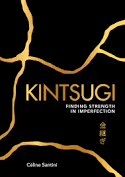Kintsugi
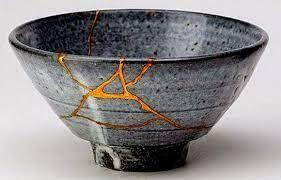
Kintsugi, or gold splicing, is a physical sign of resilience. This technique, developed in Japan during the 15th century, consists of repairing a broken object by accentuating its cracks with gold, instead of hiding them. They call attention to the cracks… these aren’t a source of brokenness or shame. This practice—also known as kintsukuroi, which literally means gold mending—emphasizes the beauty and utility of breaks and imperfections. It turns a problem or flaws into a plus…a symbol of healing and resilience.
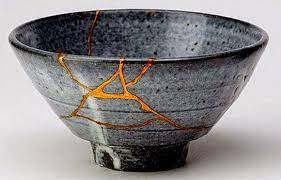
Kintsugi is the art of exalting past injuries - teaching you that your broken places make you stronger and better than ever before. When you think you are broken, you can pick up the pieces, put them back together, and learn to embrace the cracks. Sometimes in the process of repairing things that have broken, we actually create something more unique, beautiful and resilient.
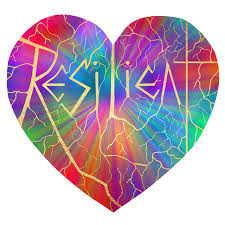
We are all broken…wounded. Life is filled with joys, pains, accidents, illness, divorce, depression, abandonment, traumas, childhood wounds, old age, etc. That’s life… and so universal. Our scars, visible or invisible, are proof that we’ve overcome our difficulties. It’s also essential to acknowledge that not all wounds are visible. We may not get to choose what gets broken, but we do have a choice about how we handle those breaks. “We have the choice to live unsteadily, accommodating our flaws as best we can, without trying to identify them or take care of them… Or, on the contrary, we can showcase them instead of denying their existence, in order to better complement them.” (Celine Santini)
But if you’re wise, you can use every scrap, scar, bruise, patch yourself up, and keep going. That’s the essence of resourcefulness, strength and resilience.
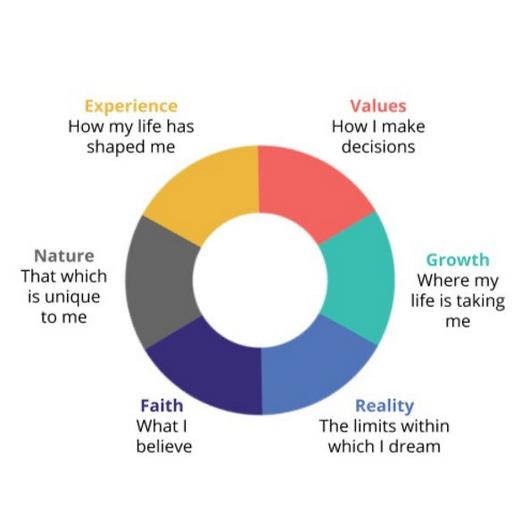
In other words, the experiences you have, and the person you already are, suffice. You may, of course, occasionally chip and break and need repairs. And that’s fine. But reality is the best and most abundant material on the planet, available to anyone, for free, and we can all use what we already have—including our flaws—to be beautiful. After all, our cracks are what give us character.
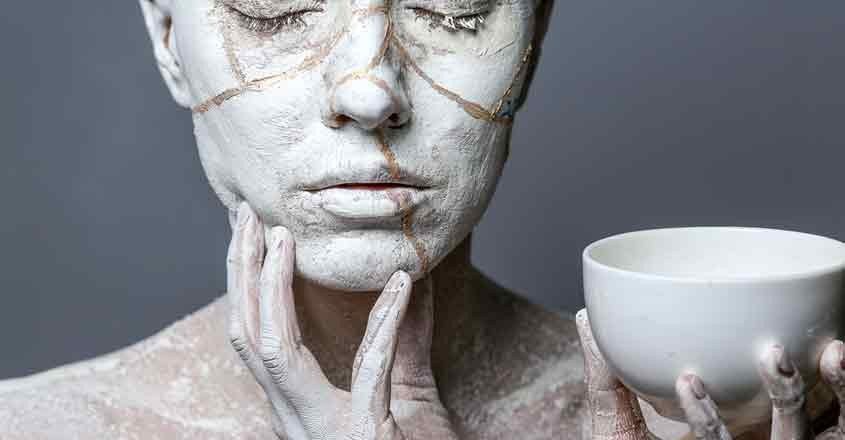
What we often forget is that even as there are parts of us getting broken along the way, we are also continually healing all along our journey. The broken parts do not stay broken. We are constantly moving toward healing and health because we are still inherently whole.
“What kintsugi does so well is draw our attention away from the damage that was done to us (whether it was intentional or not) and point us toward the beauty of the healing that has taken place—a beauty that we all too often overlook.” (Kenetha Stanton)
“Loving ourselves through the process of owning our story is the bravest thing we will ever do.” -Brene Brown
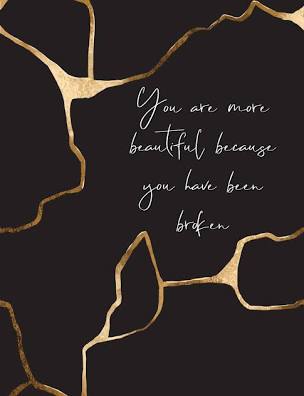
All beautiful things have unique imperfections. Your scars, wounds and imperfections are your beauty. Like broken objects mended with gold, we are all Kintsugi – the breakage and mending are all honest parts of our past and should be celebrated and not hidden. They are pieces and parts of who you are.
My 97-year-old mom says she’s earned every wrinkle, gray hair, and dark old-age spots. Her badge of honor for all these years…trials and tribulations. Learning and embracing all the parts and pieces of yourself is one beautiful mosaic…at any age.
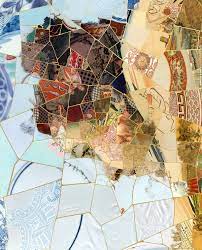
Great works are performed not by strength, but by perseverance.
To learn more about the art and technique of “Living A Kintsugi Life” visit AKintsugiLife.com, or get the book, “Kintsugi, Finding Strength in Imperfection” by Celine Santini.
